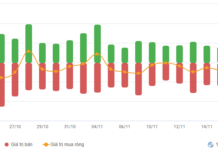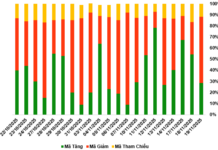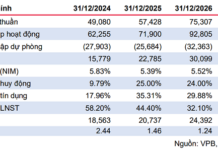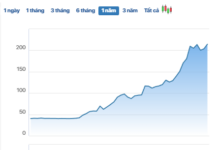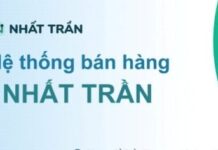
According to statistics, the current tax system comprises over 200 administrative procedures. Despite multiple rounds of simplification, citizens and businesses still face redundant steps in declarations, confirmations, and document submissions. The new draft aims to eliminate or consolidate dozens of procedures related to tax registration, declaration, payment, refunds, and exemptions. It also seeks to streamline documentation, reduce declaration fields, shorten processing times, and enhance automation.
Specifically, processes such as reissuing tax registration certificates, notifying tax codes, and declaring value-added tax (VAT) and personal income tax (PIT) will be merged into a unified form. The processing time for many procedures is expected to decrease from 5 days to 3 days. Several declarations will be pre-populated with data from the national electronic information system, allowing taxpayers to simply confirm details instead of re-entering them.
This proposal aligns with Decision 1848/QĐ-TTg, signed by the Prime Minister, which approves the plan to cut and simplify over 500 administrative procedures in finance, with tax procedures accounting for the largest share.
According to the Ministry of Finance, aggressive reductions aim not only to ease compliance burdens but also to drive comprehensive digital transformation in tax administration, moving toward “e-taxation – smart management.”
If approved, the simplified procedure system will significantly reduce administrative costs, boost labor productivity, and enhance national competitiveness. Businesses will no longer need to prepare bulky documents or submit them multiple times to different agencies. Tax authorities will also find it easier to monitor, control, and detect irregularities thanks to standardized data.
However, transitioning to a “fewer procedures – more technology” model demands rigorous training and oversight. At the local level, if tax officials lack digital skills or small business owners are unfamiliar with online processes, “reducing procedures” on paper could translate to “increasing difficulties” in practice.
To achieve meaningful goals, this reform must be accompanied by a transparent feedback mechanism, enabling taxpayers to provide input, report issues, and track their applications online. Regular audits should also ensure that reduced procedures genuinely save time, costs, and legal risks for citizens and businesses, rather than being merely symbolic.
Streamlining Tax Procedures: Easing the Burden on Citizens
To support citizens and businesses, the Ministry of Finance has proposed a significant reduction of up to 44% in administrative procedures. Many tax procedures now fully leverage information technology, operating entirely automatically. Both businesses and individuals anticipate that this streamlining will lead to reduced time and costs.
Synology, Giant in Data Storage, Reports Threefold Revenue Growth in Vietnam Over Five Years
This remarkable growth is fueled by major corporations operating in Vietnam, including Toyota Motor Vietnam, Shell, and Lotte World.
Citek and SAP Unveil Revolutionary 3-in-1 Integrated Platform: SAP Business Suite
In an era where data and AI are reshaping how businesses operate, SAP and its Platinum Partner, Citek, have unveiled a comprehensive SAP Business Suite integration platform in Hanoi. This innovative solution is guided by the philosophy of “Suite-First, AI-First,” designed to empower organizations with seamless, intelligent capabilities for the future.


